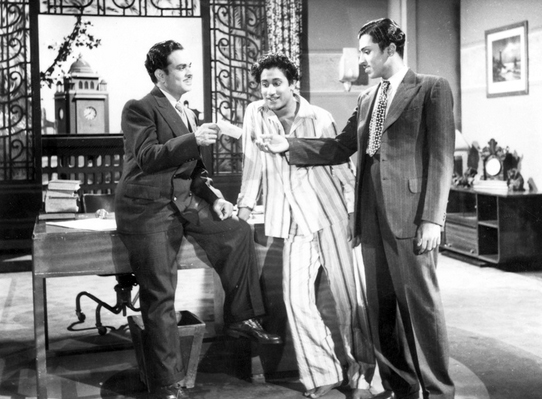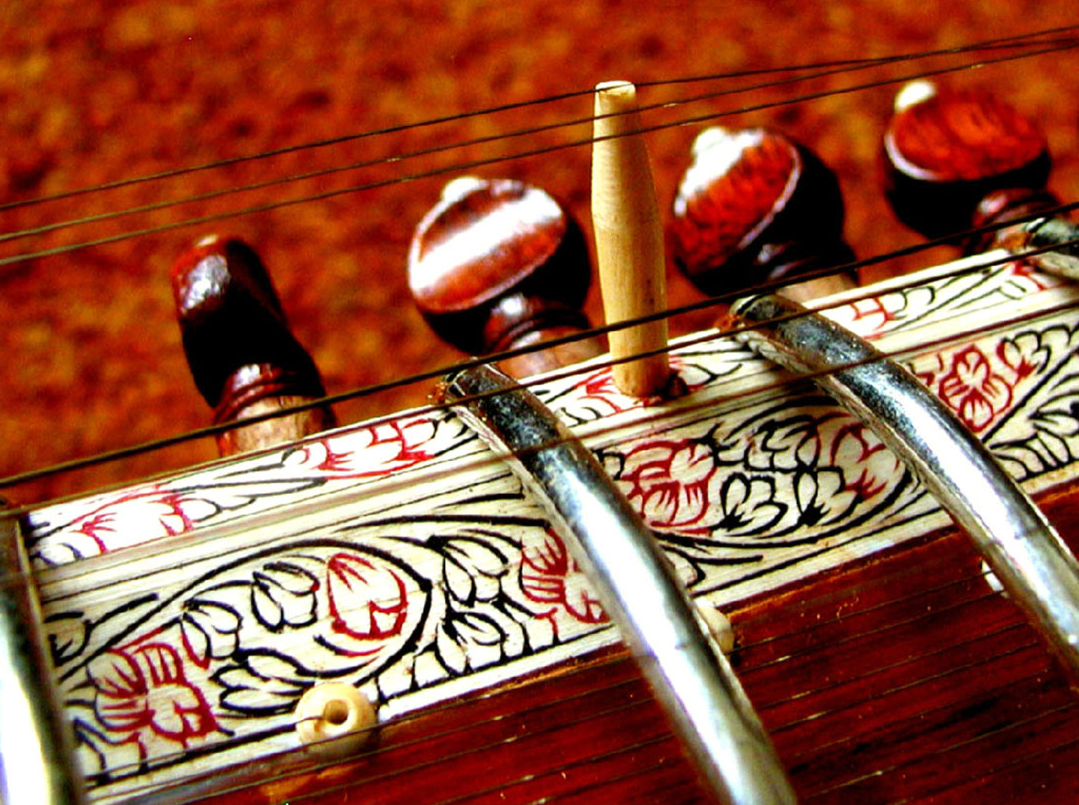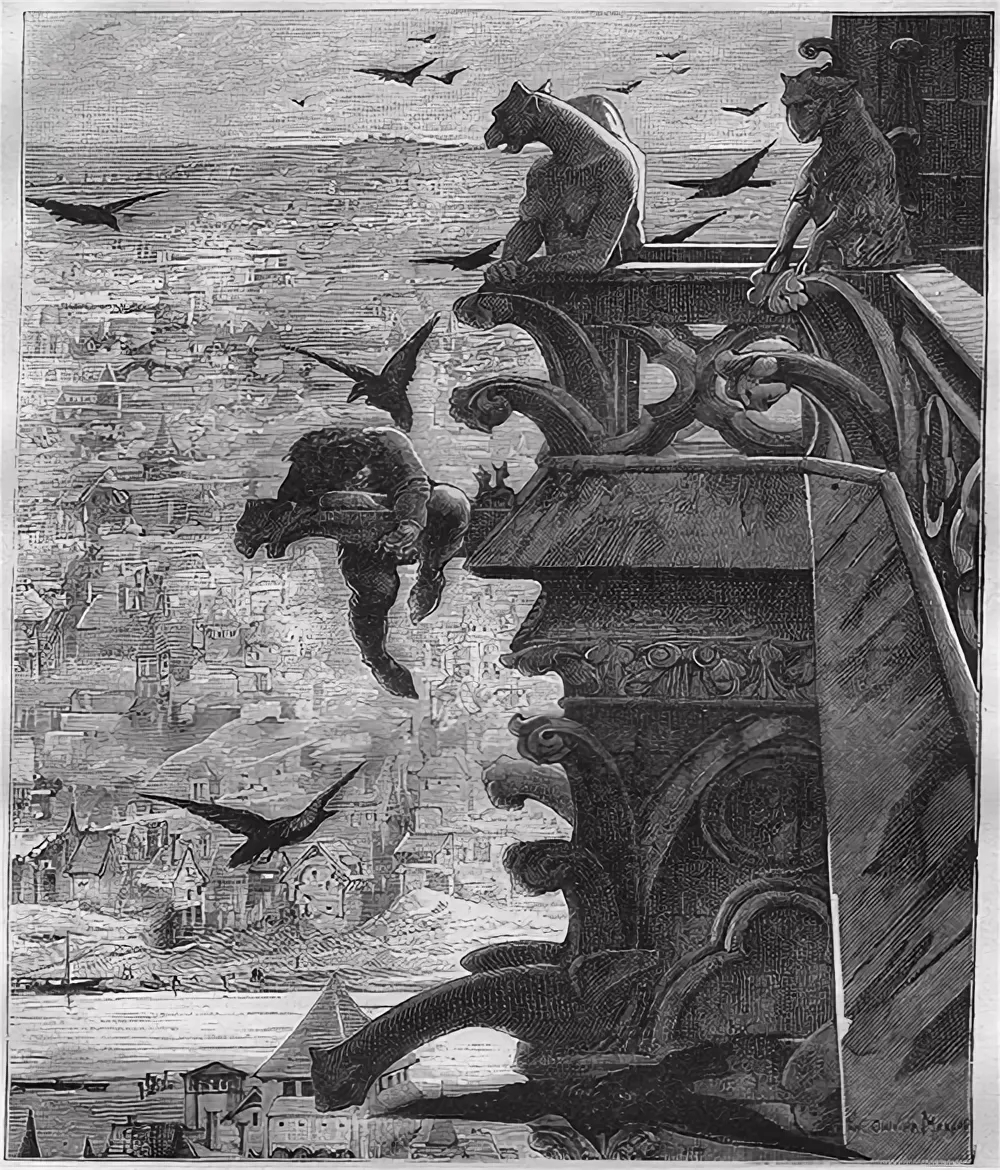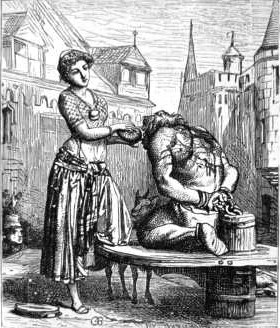|
Deivamagan
''Deiva Magan'' ( ) is a 1969 Indian Tamil-language drama film written and directed by A. C. Tirulokchander. An adaptation of the Bengali novel '' Ulka'' by Nihar Ranjan Gupta, it stars Sivaji Ganesan in three roles and Jayalalithaa, with Sundarrajan, M. N. Nambiar, Nagesh, V. Nagayya and Pandari Bai in supporting roles. The film is about a scarred man who attempts to reconnect with his estranged family. Following the 1957 film ''Ulka'', '' Thayi Karulu'' (1962), ''Meri Surat Teri Ankhen'' (1963) and ''Thayin Karunai'' (1965), ''Deiva Magan'' is the fifth film adaptation of the novel. Its screenplay was written to be largely different from those of the earlier films, most of which were poorly received. The film was produced by Periyanna of Shanthi Films, photographed by Thambu and edited by B. Kanthasamy, and the dialogues were written by Aaroor Dass. ''Deiva Magan'' was released on 5 September 1969; it received critical acclaim, primarily for Ganesan's performance, and was ... [...More Info...] [...Related Items...] OR: [Wikipedia] [Google] [Baidu] |
Vijayasree
Vijayasree was an Indian actress who predominantly worked in Malayalam cinema in the 1970s. She acted in many movies opposite Prem Nazir and have also worked in Tamil cinema, Tamil, Bollywood, Hindi, Telugu cinema, Telugu and Kannada cinema, Kannada films. Biography Vijaysree was born in a Malayali family, to Vasu Pillai and Vijayamma. Her roots are from Travancore–Cochin (present-day Kerala, India). Her first appearance onscreen was in the Tamil film ''Chitthi'' (1966). Her first film in Malayalam was ''Poojapushpam'' (1969), directed by the patriarch Thikkurissy Sukumaran Nair. She ended up being a part of 3 of the 6 movies Thikkurissy directed in his prolific career as a director. She also got to share screen space with the leading lady of the times, Sheela in her debut movie itself. She gained popularity due to her beauty in the Malayalam film history. She was a contemporary of the popular Malayalam actress Jayabharathi. Her most notable films are ''Angathattu'' (1973 ... [...More Info...] [...Related Items...] OR: [Wikipedia] [Google] [Baidu] |
Sivaji Ganesan
Villupuram. Chinnaiya Manrayar Ganesamoorthy (1 October 1928 – 21 July 2001), better known by his stage name Sivaji Ganesan, was an Indian actor and film producer. He was mainly active in Tamil cinema during the latter half of the 20th century. Sivaji Ganesan is acknowledged as one of the greatest Indian actors of all time and among the most imitated one by other actors. He was known for his versatility and the variety of roles he depicted on screen, which also gave him the Tamil nickname ''Nadigar Thilagam'' (). In a career that spanned close to five decades, he had acted in 288 films in Tamil language, Tamil, Telugu language, Telugu, Kannada, Malayalam and Hindi language, Hindi. Sivaji Ganesan is the only actor in Tamil cinema to have played the lead role in over 250 films. Ganesan was the first Indian actor to win the "Best Actor" award at the first Afro-Asian Film Festival held in Cairo, Egypt in 1960. Many leading South Indian actors have stated that their acting was infl ... [...More Info...] [...Related Items...] OR: [Wikipedia] [Google] [Baidu] |
Ulka (novel)
''Ulka'' () is a Bengali novel by Nihar Ranjan Gupta published in 1959. This is one of the most adapted novel in the Indian film Industry and number of films in various languages were featured based on the plot of ''Ulka''. Synopsis The story centres on an innocent man who desperately attempts to reunite with his family, who had abandoned him. Adaptations * '' Thayi Karulu'' (1962) * ''Meri Surat Teri Ankhen'' (1963) * ''Thayin Karunai'' (1965) * ''Deiva Magan ''Deiva Magan'' ( ) is a 1969 Indian Tamil-language drama film written and directed by A. C. Tirulokchander. An adaptation of the Bengali novel '' Ulka'' by Nihar Ranjan Gupta, it stars Sivaji Ganesan in three roles and Jayalalithaa, with ...'' (1969) * ''Raktha Sambandham'' (1984) * ''Thaayi Mamathe'' (1985) External links * ''Ulka'' in archive References 1950s novels 1959 Indian novels Indian Bengali-language novels Indian mystery novels Indian novels adapted into films Novels set in British ... [...More Info...] [...Related Items...] OR: [Wikipedia] [Google] [Baidu] |
Ashram
An ashram (, ) is a spiritual hermitage or a monastery in Indian religions, not including Buddhism. Etymology The Sanskrit noun is a thematic nominal derivative from the root 'toil' (< PIE *''ḱremh2'', śramaṇa) with the prefix 'towards.' An ashram is a place where one strives towards a goal in a disciplined manner. Such a goal could be ascetic, spiritual, yogic or any other. Overview [...More Info...] [...Related Items...] OR: [Wikipedia] [Google] [Baidu] |
Sitar
The sitar ( or ; ) is a plucked stringed instrument, originating from the Indian subcontinent, used in Hindustani classical music. The instrument was invented in the 18th century, and arrived at its present form in 19th-century India. Khusrau Khan, an 18th-century figure of the Mughal Empire has been identified by modern scholarship as the inventor of the sitar. According to most historians, he developed the sitar from the setar, an Iranian instrument of Abbasid or Safavid origin. Used widely throughout the Indian subcontinent, the sitar became popularly known in the wider world through the works of Ravi Shankar, beginning in the late 1950s and early 1960s. The advent of Psychedelia, psychedelic culture during the mid-to-late 1960s set a trend for the use of the sitar in popular music, sitar in Western popular music, with the instrument appearing on tracks by bands such as the Beatles, the Rolling Stones, Metallica and many others. Etymology The word ''sitar'' is derived from t ... [...More Info...] [...Related Items...] OR: [Wikipedia] [Google] [Baidu] |
The Hunchback Of Notre Dame (1939 Film)
''The Hunchback of Notre Dame'' is a 1939 American romantic drama film starring Charles Laughton and Maureen O'Hara. Directed by William Dieterle and produced by Pandro S. Berman, the film is based on Victor Hugo's 1831 novel. The film is also noted for being the first film ever shown at the Cannes Film Festival before the rest of the festival was cancelled due to the start of World War II. Plot In Paris during the late Middle Ages, Louis XI, the King of France, and his Chief Justice of Paris, Jehan Frollo, visit a printing shop. Frollo is determined to do everything in his power to protect Paris from anything he sees as evil, including the printing press and gypsies. That day is Paris' annual celebration, the Feast of Fools. Pierre Gringoire, a poor street poet, does a play in front of an audience until it is interrupted by Clopin, the King of the Beggars. Esmeralda, a young gypsy girl, is seen dancing in front of an audience of people. Quasimodo, the deaf hunchback ... [...More Info...] [...Related Items...] OR: [Wikipedia] [Google] [Baidu] |
The New Indian Express
''The New Indian Express'' is an Indian English-language broadsheet daily newspaper published by the Chennai-based Express Publications. It was founded in 1932 as ''The Indian Express'', under the ownership of Chennai-based P. Varadarajulu Naidu. Santwana Bhattacharya was appointed Editor-in-Chief on 1 July 2022, replacing G.S. Vasu. History ''Indian Express'' was first published on 5 September 1932, in Madras (now Chennai) by an ayurveda, Ayurvedic doctor and Indian National Congress member P Varadarajulu Naidu, publishing from the same Publisher, press where he ran the ''Tamil Nadu'' Tamil weekly. But soon, on account of financial difficulties, he sold it to S. Sadanand, founder of ''The Free Press Journal'', another English newspaper. In 1933, ''The Indian Express'' opened its second office in Madurai and launched the Tamil language, Tamil daily ''Dinamani'' on 11 September 1934. Sadanand introduced several innovations and reduced the price, but later sold part of his stak ... [...More Info...] [...Related Items...] OR: [Wikipedia] [Google] [Baidu] |
The Hunchback Of Notre-Dame
''The Hunchback of Notre-Dame'' (, originally titled ''Notre-Dame de Paris. 1482'') is a French Gothic novel by Victor Hugo, published in 1831. The title refers to the Notre-Dame Cathedral, which features prominently throughout the novel. It focuses on the unfortunate story of Quasimodo, the Roma street dancer Esmeralda and Quasimodo's guardian the Archdeacon Claude Frollo in 15th-century Paris. All its elements—the Renaissance setting, impossible love affairs and marginalised characters—make the work a model of the literary themes of Romanticism. The novel is considered a classic of French literature and has been adapted repeatedly for film, stage and television. Some prominent examples include a 1923 silent film with Lon Chaney, a 1939 sound film with Charles Laughton, a 1956 film with Anthony Quinn and a 1996 Disney animated film with Tom Hulce. Written during a time of cultural upheaval, the novel champions historical preservation. Hugo solidified Notre-D ... [...More Info...] [...Related Items...] OR: [Wikipedia] [Google] [Baidu] |
Victor Hugo
Victor-Marie Hugo, vicomte Hugo (; 26 February 1802 – 22 May 1885) was a French Romanticism, Romantic author, poet, essayist, playwright, journalist, human rights activist and politician. His most famous works are the novels ''The Hunchback of Notre-Dame'' (1831) and ''Les Misérables'' (1862). In France, Hugo is renowned for his poetry collections, such as and (''The Legend of the Ages''). Hugo was at the forefront of the Romanticism, Romantic literary movement with his play ''Cromwell (play), Cromwell'' and drama ''Hernani (drama), Hernani''. His works have inspired music, both during his lifetime and after his death, including the opera ''Rigoletto'' and the musicals ''Les Misérables (musical), Les Misérables'' and ''Notre-Dame de Paris (musical), Notre-Dame de Paris''. He produced more than 4,000 drawings in his lifetime, and campaigned for social causes such as the abolition of Capital punishment in France, capital punishment and Abolitionism, slavery. Although he ... [...More Info...] [...Related Items...] OR: [Wikipedia] [Google] [Baidu] |
Quasimodo
Quasimodo (from Quasimodo Sunday) is the titular protagonist of the French novel '' The Hunchback of Notre-Dame'' (1831) by Victor Hugo. Born with numerous deformities, most notably a hunched back, Quasimodo serves as the bell-ringer for Notre Dame cathedral in fifteenth century Paris. Although his appearance causes others to treat him cruelly, he ultimately finds sanctuary in an unlikely love that is fulfilled only in death. The role of Quasimodo has been played by many actors in film adaptations, including Lon Chaney ( 1923), Charles Laughton ( 1939), Anthony Quinn (1956), and Anthony Hopkins ( 1982). In addition, he was voiced by Tom Hulce in a Disney animated feature (1996); was parodied by Steve Lemme in the comedy '' Quasi'' (2023); and most recently was portrayed by Angelo Del Vecchio in a revival of the French-language musical ''Notre Dame de Paris''. In 2010, a British researcher found evidence suggesting there was a real-life hunchbacked stone carver who worke ... [...More Info...] [...Related Items...] OR: [Wikipedia] [Google] [Baidu] |
Frontline (magazine)
''Frontline'' is a fortnightly English language magazine published by The Hindu Group of publications headquartered in Chennai, India. Vaishna Roy is the editor of the magazine. It is a news and views magazine that provides in-depth coverage on various topics such as politics, world affairs, culture, science, health, business and personalities. ''Frontline'' gives coverage to developmental issues and issues related to the working classes, unorganized sectors, tribal regions and other under-served regions in India. History ''Frontline'' was first published in December 1984. It was originally intended to be a newspaper when it was started by the founders. They later had differences of opinion regarding the content and intent of the publication, and the magazine was sold to PL Investments Ltd, which later sold it to The Hindu Group. Contributors and perspective The magazine's long-serving editor was R. Vijaya Sankar, who retired in May 2022. The magazine's regular contributors ... [...More Info...] [...Related Items...] OR: [Wikipedia] [Google] [Baidu] |
Bale Pandiya (1962 Film)
''Bale Pandiya'' () is a 1962 Indian Tamil-language comedy film produced and directed by B. R. Panthulu. The film stars Sivaji Ganesan, M. R. Radha and Devika, with K. Balaji, Vasanthi and Sandhya in supporting roles. It revolves around the title character having to evade a lookalike wanting to kill him for insurance money. The story of ''Bale Pandiya'' was written by Maa. Raa. and Joshi, while the screenplay was written by Dada Mirasi. Cinematography was handled by V. Ramamoorthy, and the editing by R. Devarajan. The music was scored by Viswanathan–Ramamoorthy. The features stars Ganesan in three distinct roles, and Radha in two. Production began in early May 1962, ended in the middle of the month, and the film was released on the 26th of the same month. Plot Bale Pandiya is a young innocent man who leads a troubled life. He is saved from his suicide attempt by Kabali, who hatches a plan to get him killed under the false identity of his goon (Pandiya's look-alike) Mar ... [...More Info...] [...Related Items...] OR: [Wikipedia] [Google] [Baidu] |





